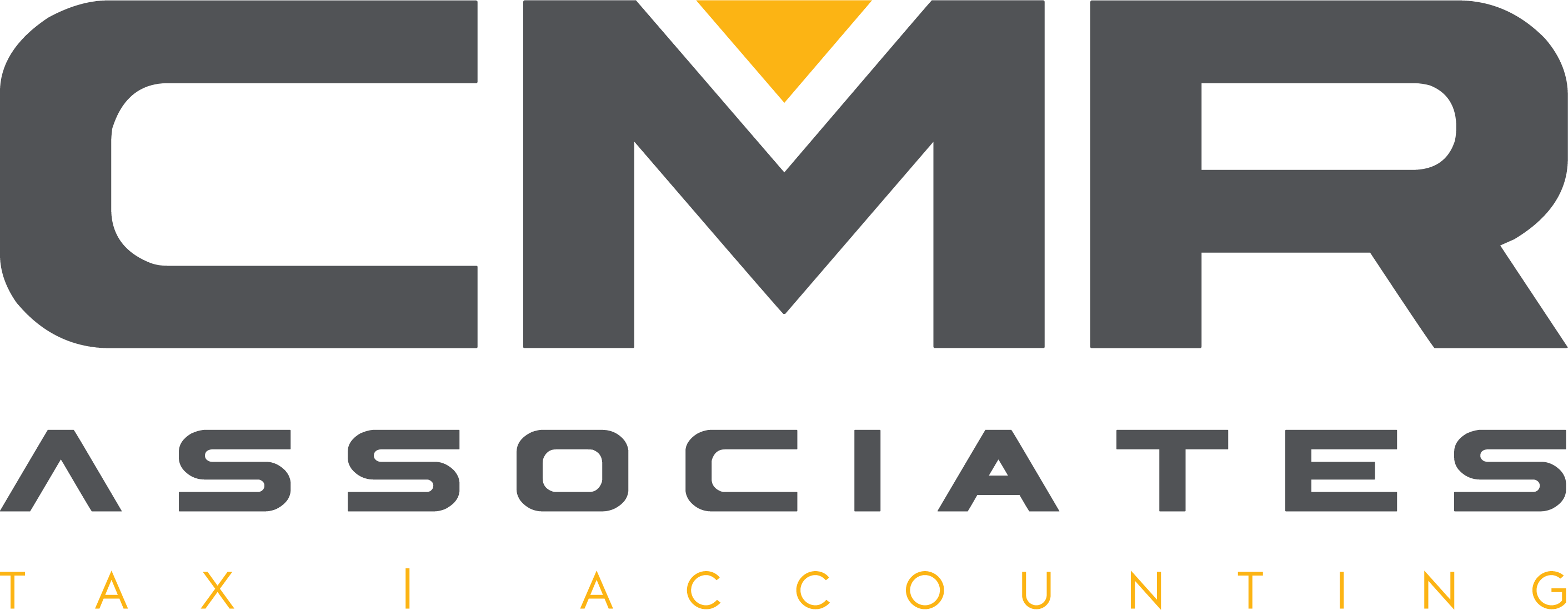Own a vacation home? Adjusting rental vs. personal use might save taxes
Now that we’ve hit midsummer, if you own a vacation home that you both rent out and use personally, it’s a good time to review the potential tax consequences:
If you rent it out for less than 15 days: You don’t have to report the income. But expenses associated with the rental (such as advertising and cleaning) won’t be deductible.
If you rent it out for 15 days or more: You must report the income. But what expenses you can deduct depends on how the home is classified for tax purposes, based on the amount of personal vs. rental use:
- Rental property. If you (or your immediate family) use the home for 14 days or less, or under 10% of the days you rent out the property, whichever is greater, the IRS will classify the home as a rental property. You can deduct rental expenses, including losses, subject to the real estate activity rules. You can’t deduct any interest that’s attributable to your personal use of the home, but you can take the personal portion of property tax as an itemized deduction.
- Nonrental property. If you (or your immediate family) use the home for more than 14 days or 10% of the days you rent out the property, whichever is greater, the IRS will classify the home as a personal residence, but you will still have to report the rental income. You can deduct rental expenses only to the extent of your rental income. Any excess can be carried forward to offset rental income in future years. You also can take an itemized deduction for the personal portion of both mortgage interest and property tax.
Look at the use of your vacation home year-to-date to project how it will be classified for tax purposes. Adjusting the number of days you rent it out and/or use it personally between now and year end might allow the home to be classified in a more beneficial way.
For assistance, please contact us. We’d be pleased to help.
Tax Accounting and Business Consulting for Madisonville, Louisiana
Industry Specific Accounting
Madisonville CPA Services
Madisonville CPA News
Tax Accounting and Business Consulting for Metairie, Louisiana
Industry Specific Accounting
Metairie CPA Services
Metairie CPA News
Tax Accounting and Business Consulting for Mandeville, Louisiana
Industry Specific Accounting
Mandeville CPA Services
Mandeville CPA News
Tax Accounting and Business Consulting for Baton Rouge, Louisiana
Industry Specific Accounting
Baton Rouge CPA Services
Baton Rouge CPA News
Mandeville Notary Public Services
Madisonville Notary Public Services
Covington Notary Public Services




